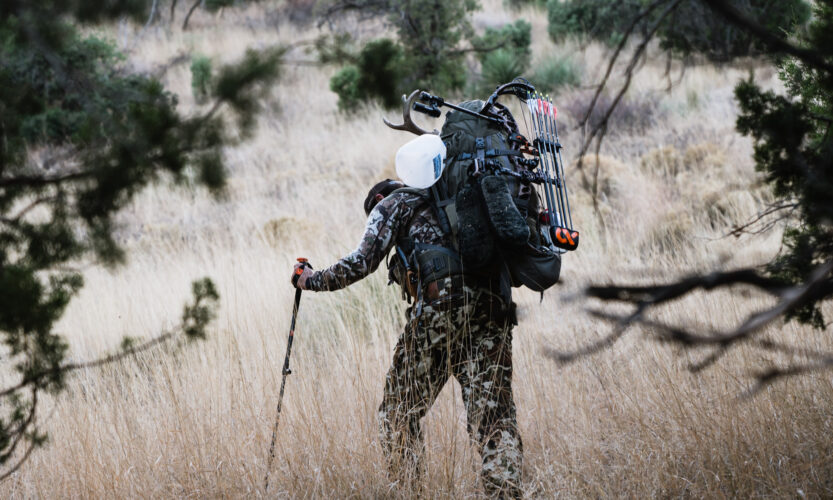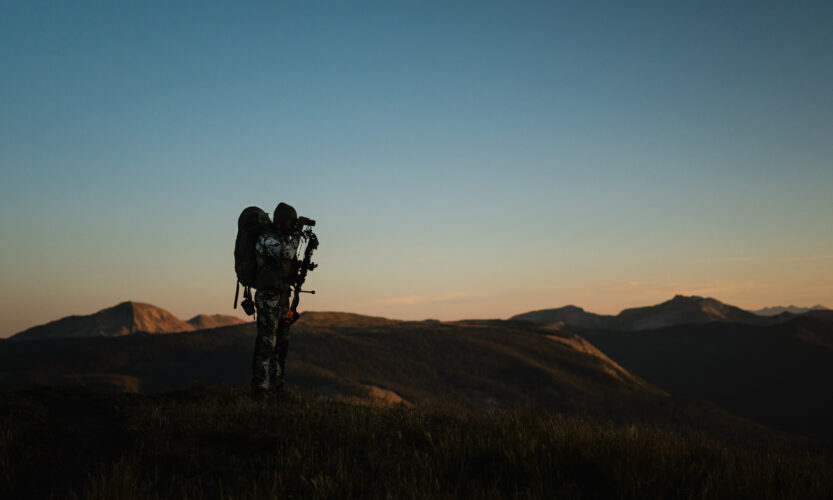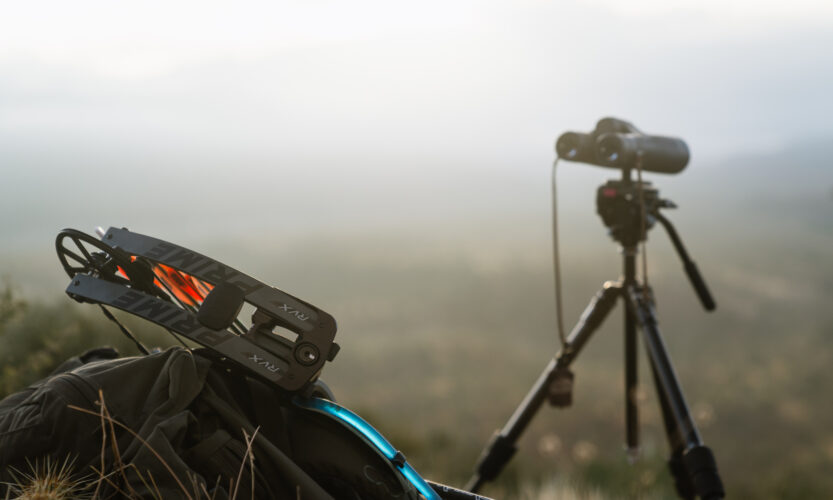

At each start of a new year, I always feel like I am rich with time. A whole 365 days is ahead with a long list of adventure hunts planned. And each year it blows my mind how fast those 365 days fly by. So quick that sometimes it’s hard to appreciate things in the moment as they happen. In light of that, I’m going to treat this as a reflection post. One that takes a look back on the 2023 hunting season.

Right now, I’m sitting under a blanket downstairs in front of a Christmas tree. It’s my favorite time of year. Not only do I cherish these times spent at home with family, but right after the fact, I’ll be heading into the field with my bow. Bowhunting coues deer during the month of January is like a second Christmas to me.

It’s the end of December right now at the time of typing this. We’ve been soaking up the holiday season together in our home and enjoying every second of it with our 3 year old. I love the month of December dearly, but I also lust for January. It’s archery deer season in Arizona at that time. The bucks are rutting and it’s one of my favorite times of year backpack hunting for coues deer.
Given our unique environment, and an odd time of year, knowing what backcountry gear to bring along is a question that I get asked on a regular basis. So, I’m going to break down here what I am bringing along on a 7 day backpack hunt during the month of January for Coues deer in Arizona.

I can’t believe it’s already December. Where does the time go? I’ve been doing my best to soak up the time with family and enjoy the holidays. Hope you’ve been doing the same. Along with that, I’ve been working on something I’m extremely excited to share with you all. It’s a new bear film called Imprinted and it documents my 2023 Fall Bear Season in Arizona.

If I’ve learned one thing about bowhunting, it’s that mindset is huge. The technical aspects of it all are important, but if your mental game is off, none of that matters.
The 2023 archery season was one of those seasons that served as a reminder of all of this. My backpack may not have been heavy throughout much of it, but my mind sure was. The takeaways were monumental for me and I want to share this shift in my bowhunting mindset with you here.

High country mule deer hunting with my bow is something that I have really grown to be passionate about. It always takes me into the gnarliest places both in terms of ruggedness and looks. This past 2023 early season was one for the books. Now, I know that is a cliche way of describing something, but to me, it really was. It served up not only adventure and good hunting, but a healthy amount of perspective that I needed in my life. Hence the title of this film that I am so excited to share with you.

I had dreamed all year long about my archery elk hunt in Arizona. And now that I sit here, 12 hard days of hunting are behind me. Time feels like it has been swept right from under me. The hunt had it all. Good weather, bad weather, moments where I felt unstoppable, and moments where I felt incapable.

Right here, I’m going to just say, I didn’t get an elk. I did shoot one though. More on that later. What I wanted to do here is lay out my thoughts after the hunt and some major takeaways after spending so many days in the field. All of those days gave me a lot to think about. Most are hunting-related, but I even was put at peace with something I struggle with in life.

High country mule deer hunting is something that I have really grown a love for over the last handful of years. It speaks my language. Steep and deep backcountry, glassing for bucks, and then playing the chess match that is sneaking in close to bow range. From Utah to Colorado I slept in the dirt and tried my hand at putting the moves on big velvet mule deer. What started as a hunt for a deer, soon turned to a hunt for Perspective. Which is the title of this new film and you can watch the teaser below.

It’s getting close now. I’ve been waiting all year for this and it’s about to be go time. Since I drew my elk tag back in February I’ve been daydreaming about hitting the hills with my bow. Getting another opportunity at an Arizona bull of my own and immersing myself in the whole experience. There are some things that need to be in order before leaving though. Hunting Preparation is not just about hunting.

I recently scratched down a post titled My Biggest Archery Issues, so it’s only natural to write another that reflects bowhunting specifically. Bowhunting is a never-ending journey for me and I don’t think I’ll ever master it. There is no shortage of ways to screw up an archery hunt, and I’ve been fortunate to be on more than a few of those receiving ends. Sometimes they make me feel downright helpless. The only way to improve in these areas, though, is to acknowledge them and act. So, down below I’m going to dive into a pool of reflection filled with My Biggest Bowhunting. At the end of this personal therapy session, I hope it drives you to tackle your own shortcomings and inevitably get better from doing so.
Copyright 2019 Dialed In Hunter
Design by NXNW.